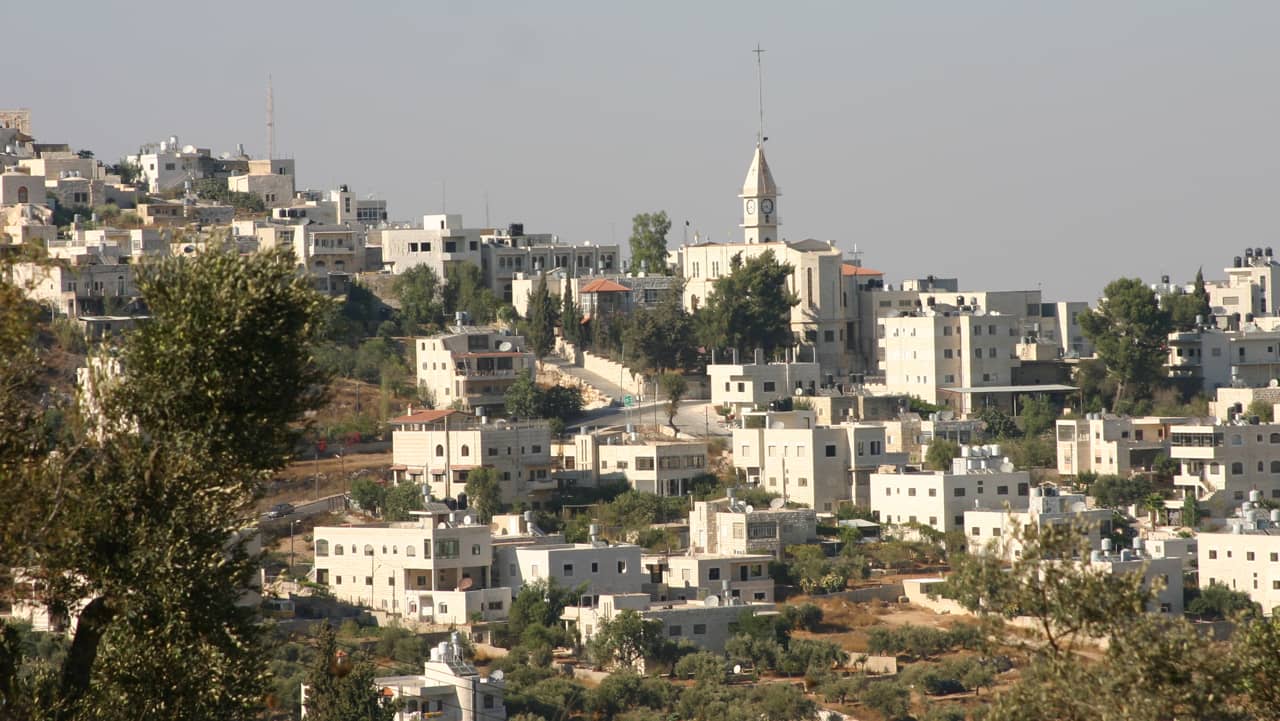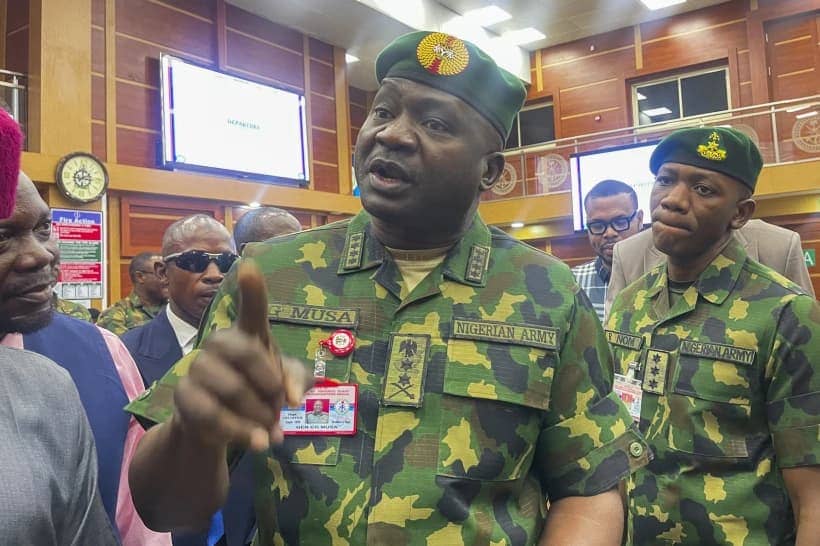MARSH HARBOR, Great Abaco Island — Arriving at Marsh Harbor’s airport — with its check-in area now situated in a trailer and with a flank of Bahamas immigration officers scanning for undocumented persons who may seek to return here after Hurricane Dorian — gives one a sense of unreality in the historic storm’s ground zero.
Located in the northern Bahamas just due east of West Palm Beach, Florida, Great Abaco Island — apart from recently cleared roads and preliminary debris removal — looks almost like it is now waking up from the Category 5 Dorian. The 2019 hurricane dealt its most lethal blow here in the form of 200-mph wind gusts and a storm surge of 18-23 feet above normal tide levels.
After striking the Bahamas in the early days of September, Dorian was recorded as the strongest hurricane on record for The Bahamas and has tied a record for the strongest Atlantic hurricane to make landfall.
Its movement speed for some time slowed to 1 mph as it transitioned from Abaco to nearby Grand Bahama to the West. Twisted structures, demolished homes and boats run aground from tidal surge still define the Marsh Harbor downtown.
“The government is trying to do is determine how we move forward with another hurricane season approaching; they want to do things not just for a quick fix for today because we have to look at hurricanes differently because Dorian was the worst we have ever experienced,” said Eulie Bastian Elliott, director of the Office Family Life and Hurricane Dorian relief response specialist for the Archdiocese of Nassau.
Elliott retired after 37 years working for the Bahamas government as a CPA and has made several trips to Abaco since Dorian.
Hurricane Dorian displaced an estimated 70,000 people throughout the Bahamas, leaving severe damage or total destruction to more than 13,000 homes, or some 45 percent of all homes on the Abacos and Grand Bahama.
“The unfortunate part was the loss of so many lives: I don’t think the government has a final count yet of lives lost because a lot of the people in Abaco were undocumented Haitians and it is difficult to come up with numbers,” Elliott added.
The official death toll stands now at 70, but it is assumed the real number is higher because many other people are still unaccounted for. Two shantytown areas where people in the country illegally lived in substandard housing that was severely flooded during Dorian have been cleared and sealed off, with the government vowing not to allow another encampment of illegal housing again.
As things now stand, no clergy or church staff are stationed on Abaco due to lack of consistent electrical power, clean water and lack of appropriate housing. Nearby St. Frances de Sales Church is intact and has Mass every other week with a visiting priest who flies in to celebrate Mass. But Sts. Mary and Andrew Church in Treasure Cay was leveled by several feet of storm surge.
Many Abacoans evacuated before Dorian by plane and ships; with thousands housed in one seven shelters on New Providence Island; now only one shelter remains partially open. Others took temporary shelter in Florida and elsewhere.
Elliott said that only during the Christmas week did an uptick of Abacoans return to have a look at their damaged homes and visit family members who stayed behind, while others have decided to stay away from Abaco indefinitely.
He noted that he spent several days visiting Marsh Harbor to take the time necessary to be with residents and talk with them. They need counseling, he said, “because the folks are really traumatized.”
“The entire weekend I spent there was talking about Dorian, everybody wants to tell their story about Dorian. It is amazing that when they begin to talk to you all of a sudden they just stop talking — they become overwhelmed and aren’t able to continue.”
Nassau Archbishop Patrick C. Pinder, who led a delegation of Archdiocese of Miami Catholic Charities senior staff on post-Hurricane Dorian tour of Abaco and Grand Bahamas Feb. 19-21, pointed out the near ruins that were once the primary and secondary school facilities at St. Frances de Sales Church, along with the Every Child Counts School for special needs students that remains closed.
The Archdiocese of Nassau launched its Each One Reach One initiative of its Bahamas Catholic Board of Education in support of some 220 students from Abaco and Grand Bahamas who enrolled in Catholic schools in and around the Bahamas capital of Nassau in New Providence.
Many Catholic school teachers and faculty from Abaco likewise been accommodated elsewhere in the Bahamas. Volunteers from abroad have been making some preliminary repairs on the St. Frances de Sales school and the Nassau Archdiocese has made a public commitment to slowly restore the schools back into operation in phases relative to the population returning to Abaco.
Pinder told Peter Routsis-Arroyo, CEO of Catholic Charities Miami, and Msgr. Roberto Garza, board chairman for the agency, that much remains unknown about the prospect of getting back to normal in Abaco.
Although Catholic Charities Miami has been shipping donations of relief and rebuilding supplies to Grand Bahamas, the situation on the ground in Abaco, with no working infrastructure nor church staff yet in place, isn’t fully ready to receive donations. (South Florida Catholics contributed a record $700,000 toward the Catholic Charities Dorian relief fund.)
“While (St. Francis de Sales) church was damaged, it served as a shelter for weeks after hurricane, but it became difficult to immediately rebuild (in Abaco) because you had no utilities and no structure on the ground because you had no one to ship to. All the people you normally know on the ground were no longer there,” Pinder said.
“Because so many have evacuated and have no homes to come back to that has affected the recovery. There is no doubt about it but gradually Abaco is coming back,” he added.
Pinder also noted the Bahamian government has announced a major project to revitalize tourism in Abaco with a resort; the construction phase would employ 600 people, with a greater number expected to be hired once it’s operational. There also is a series of temporary dome-structured housing units being readied for workers.
The archbishop said he also is committed to rebuilding Sts. Mary and Andrew Church in Treasure Cay; a Miami design firm has already drafted plans for the new structure. But he wonders what the “spark” will be needed to stimulate a rejuvenation of this little piece of the Bahamas.
“If the economy begins to regenerate itself, it will attract other people too. The real question is what is the ignition factor; what is it that will happen to make things kick off,” the archbishop said.
“I know the grocery store and some other business are functioning again, but I have seen a report that says 11% of businesses here will not function again, so the big question is what will be the driver to get things going again,” the archbishop said.
Tracy writes for the Florida Catholic, newspaper of the Archdiocese of Miami.
Crux is dedicated to smart, wired and independent reporting on the Vatican and worldwide Catholic Church. That kind of reporting doesn’t come cheap, and we need your support. You can help Crux by giving a small amount monthly, or with a onetime gift. Please remember, Crux is a for-profit organization, so contributions are not tax-deductible.

















